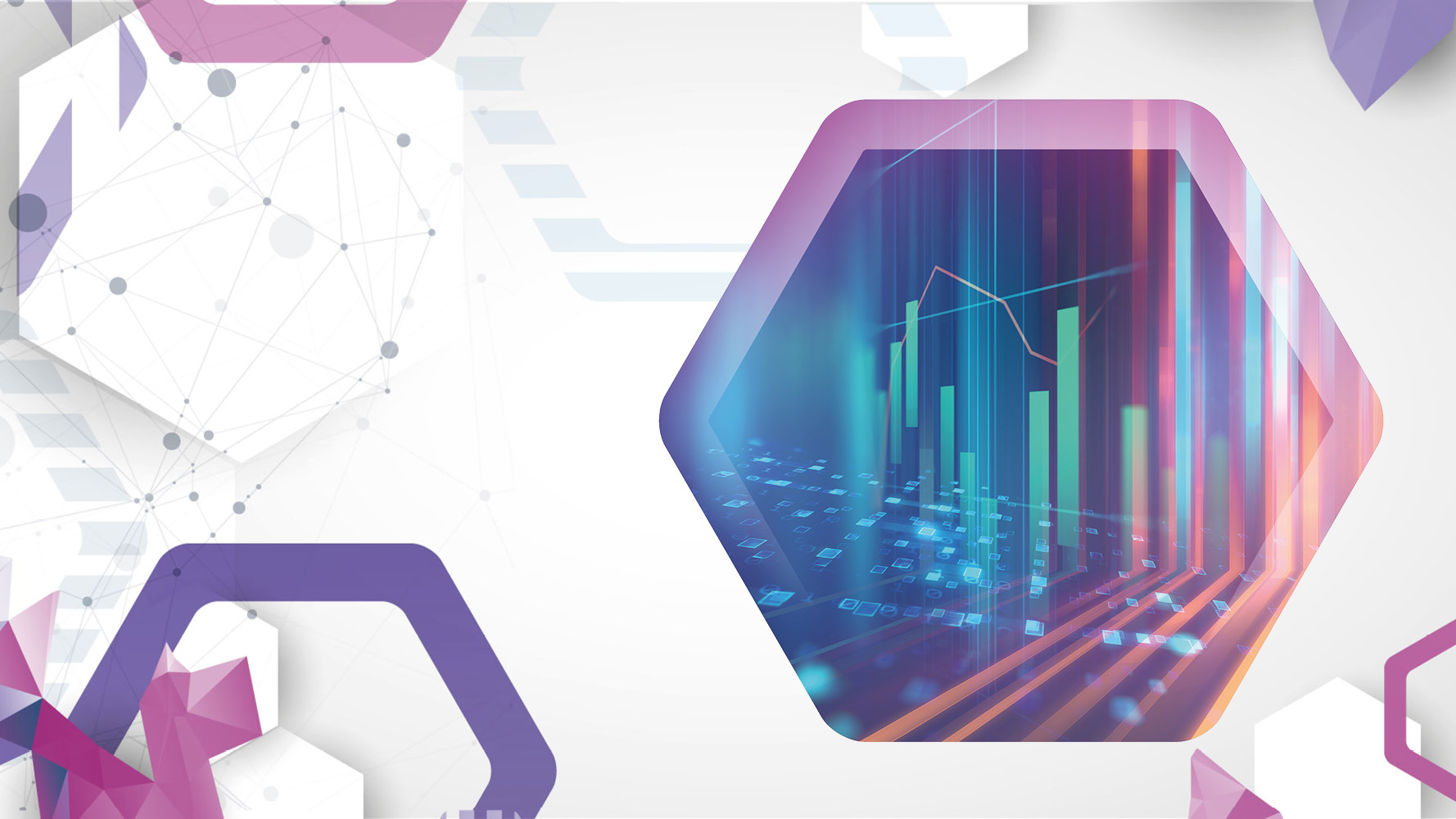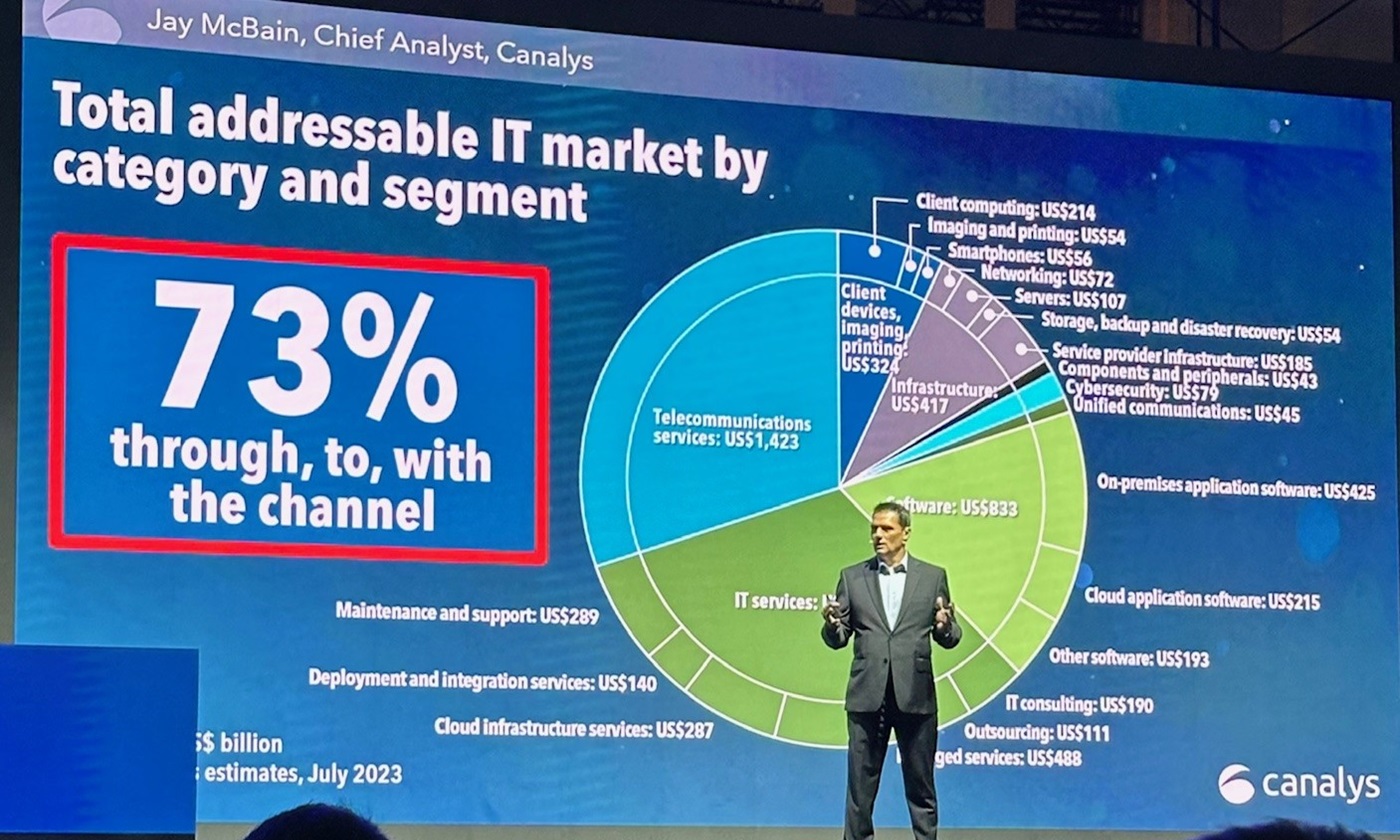
With daily keynote sessions, roundtable panel discussions and over 30 breakout sessions to tune in to, there was something for everyone. For those that missed it, here are 10 key takeaways to help you win the race for relevance and unlock the potential of high growth technologies, or you can watch the sessions on demand – link at the bottom.
1: Give them what they want
With the lines between home and business life blurring, this is impacting the way customers interact with the channel. Although the IT market is growing 5.5% YoY and worth $4.5 trillion in 2022 (Gartner), Daniel Hurel, VP Cybersecurity & Next Gen Solutions EMEA recognises that if we are to continue to grow, the channel must offer solutions the way customers want to buy or consume them.
2. The customer profile is changing
The customer profile is changing. The investment decision makers are no longer just the IT team leading the project; line of business and C-suite both have a seat at the table now. The demographics of these decision makers are also changing and we must change our conversations and solutions to meet the expectations of millennials and Gen Z.
3. Expectations have evolved
Customers expect a consumer user experience from their B2B providers. They want to pay to consume. They want an end-to-end solution offering that includes services. They want zero-touch ordering and provisioning, delivered at speed. They want everything on demand. Frictionless processes, trusted partnerships, a consistent experience with the human touch.
4. Digital is now endemic
The pandemic caused the economy to shrink everywhere except in technology spend, as highlighted by Andreas Storz, Senior Research Analyst IDC. We saw almost 10% growth in 2021 and customers have robust IT spending intentions for 2022, revealing that digital is now a permanent if dynamic fixture of our world. 80% of survey respondents cite the pandemic as the catalyst for a digital-first strategy, with 4 out of 5 organisations already executing their strategies.
5. Cloud spend accelerates
Cloud is the key platform underpinning and driving this move to digital, with cloud growing at 2-3x the rate of overall IT spend. By 2025, total worldwide spending on cloud and cloud-related services will exceed $1.3 trillion, with around 30% expected to be spent in EMEA.
6. XaaS and customer-first come to the fore
By 2024, digital-first enterprises enable empathetic customer experiences and resilient operating models by shifting 70% of all tech and services spending to as-a-Service and customer—centric models, according to IDC’s Storz.
7. It’s official: customers want flexibility
Subscriptions and consumption billing are becoming increasingly dominant. Perpetual licences and maintenance aren’t going away, but partners must offer services in the ways that customers want them. The implication for partners is that customers want flexibility and choice, business outcomes, and faster time to value. Technology is no longer just a discrete solution; it has to be embedded in the way customers operate and do business.
8. The future partner is today’s partner
The focus for today’s partner is on next-gen technologies, specialisation, serving both line of business and IT teams, collaboration and alliances, relationships rather than resale, continuous transformation, and digital-first go to market. This is reflected in the number of organisations that are investing in customer success business rising from 23% in 2018 to 43% in 2021, while 54% of income is now considered recurring, and 50% of partners offering consumption models (pay-as-you-use).
9. CS = CX + customer outcomes
Customer success is the combination of customer outcomes and the customer experience. Outcomes mean the process of helping customers find the outcomes customers need and expect, the customer experience is how we do it and providing the right kind of experience. Is it frictionless, is it intuitive, do they like the experience?
10. Being future ready to thrive after crisis
Businesses that are ‘future ready’ will survive and thrive after a crisis according to Howard Yu, management guru and professor at IMD Business School, in his keynote. The world will never be certain, so being future-ready is critical. Simple to understand, being future ready is harder to be. The key is to identify the type and duration of a trend: is it a boost (temporary acceleration), catalyst (lasting acceleration), displacement (temporary shift) or innovation (lasting trend)? True future-ready organisations explore these and commit. They leap ahead of time, and ahead of others.
“I skate to where the puck is going to be, not to where it has been” Wayne Gretsky
Missed IMAGINE? You can watch all the keynotes, panel sessions and breakouts available on demand below






